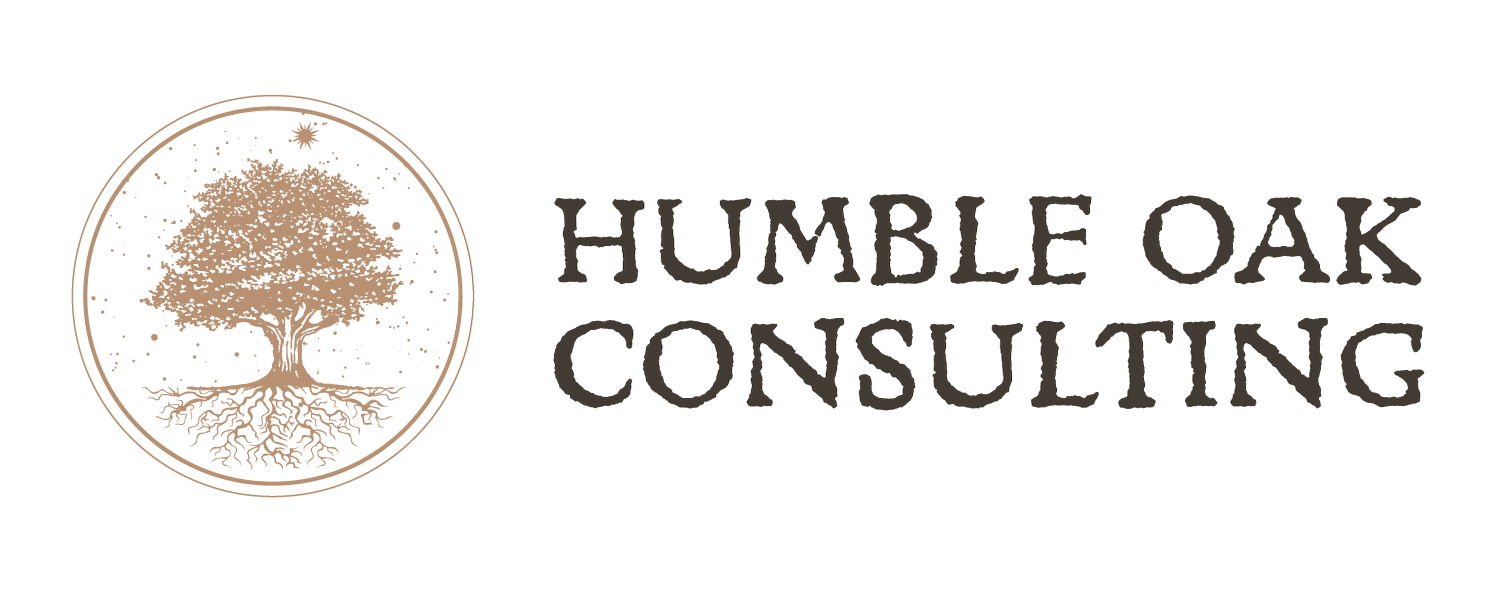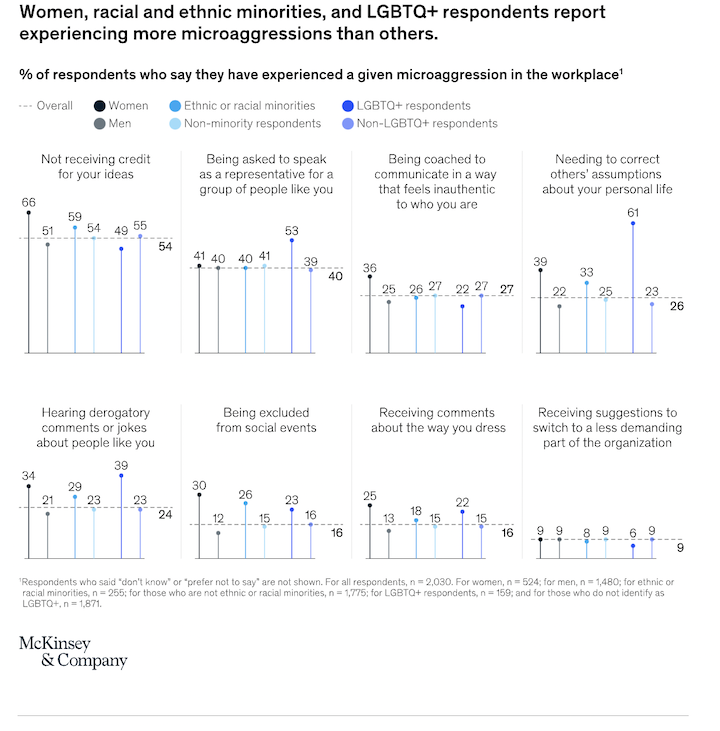Are Businesses Too Busy for Diversity?
Erika Kelley, is a Consultant with Humble Oak, and a working writer from Houston, Texas.
“There's just a lot going on right now.”
We've all heard it, or said it, to an occasional telemarketer or friend we’re trying to line up plans with. Maybe we’ve even said it when thinking about taking on a volunteer opportunity or another project at work. And of course, it’s good to focus on what matters most to us, so when it comes to equity and inclusion in the workplace, is “there’s just a lot going on right now,” an acceptable response?
How individuals felt in the workplace pre-pandemic. Image Credits: www.mckinsey.com
After witnessing the urgency for inclusivity in 2020, now seeing so many companies tabling or scaling down their once-important initiatives, it’s disheartening. And yet there are always a plethora of daily crises appearing in the news each day. Hiring and maintaining a workforce is time consuming in this post-COVID era. Inflation is going up, the financial markets are down, and a new way of living is emerging after COVID. So where does inclusion fall on the urgency spectrum? And furthermore: Why is diversity so hard?
The Oxford English Dictionary defines diversity as, "including or involving people from a range of different social and ethnic backgrounds and of different genders, sexual orientations, etc." We've all seen this at the bottom of a job application or company profile, but how can organizations apply this very abstract definition into their daily practice?
It all starts with time and openness. After all, if someone is used to classical music, and a heavy metal song slides into their queue, they may be taken aback and frown at the thought of diversifying their playlist!
To illustrate one potential solution to my thesis, let's continue with this music analogy. Let's say the person who enjoys classical music is open to meeting the person who enjoys heavy metal. During this meeting, the classical fan learns the heavy metal enthusiast joined a band in high school, but decided to study computer science in college. Aha! The classical music fan studied computer science, and once joined a band as well, sparking another conversation, and eventually converting these two into casual acquaintances or friends. But several things happened in this scenario: dialogue, openness and listening. And flexing those muscles in turn allowed these two music aficionados to soften their parameters and become open to something new.
Of course, it takes willingness and time to share your unique story, but if an employer is open to change and willing to listen, a diversity initiative no longer becomes a short-term goal, but a long-term mission.
Image Credit: www.asaecenter.org
So how can an organization do this? By establishing mentorship in the workplace, creating more inclusive work policies, and taking the time to hear your employees' individual and unique stories, companies can make a diversity trend less trendy, and more permanent. If this is something your company hasn’t started yet, or can’t seem to find the time to do, why not hire a Diversity, Equity, and Inclusion Consultant, or offer professional development courses for employees? Many state governments are currently offering grants for businesses to begin this work. At Humble Oak, we have worked with hospitals, schools and professional services firms to help them take stock and implement practices that support the long-term health of their workforce. While these practices are never “set it and forget it,” oftentimes getting help to build out the structures allows diversity and inclusion initiatives to build momentum for the long run.
Take the time to invest in your employees, and the return on your time will be a happier work environment, less employee turnover, and a work culture with core values that contribute to the society we aim to see.



